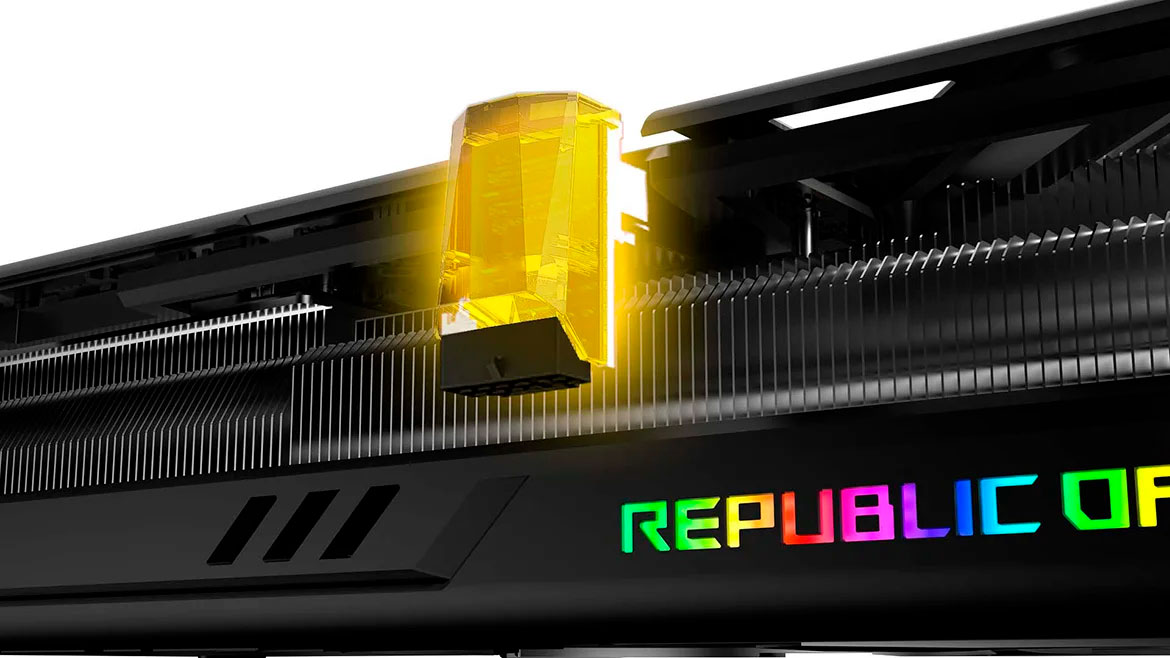The 12VHPWR connector (and its 12V-2×6 successor) is notorious for their vulnerability to high temperatures on power-hungry GPUs, to the point where it can melt. To combat this on the adapter side, third-party manufacturers such as Ezdiy-fab and Cablemod have been forced to resort to “exotic” solutions sporting copper PCBs, thermal pads, and aluminum heatsinks to ensure their adapters stay cool.
Ezdiy-fab’s 90- and 180-degree adapters take advantage of a 2oz copper PCB strapped to a thermal pad and aluminum heatsink cover. The copper PCB allegedly keeps the voltage impedance low while the thermal pad and heatsink on top of it ensure cool operation. CableMod’s latest adapter uses the same design but takes advantage of a copper foil applied to its copper PCBs, in addition to a thermal pad and aluminum heatsink.
All of this additional cooling shows how fragile the new 16-pin connectors are to potential overheating. Virtually all current 16-pin adapters we could find (from various third-party makers) take advantage of some cooling system. By contrast, you can find angled 8-pin adapters that don’t come with any fancy cooling gizmos (some do, but the point is that cooling components on 8-pin adapters don’t seem to be required.) You can find angled 8-pin adapters with a simple plastic shell, contributing almost nothing to cool the interior components.
Cablemod had to recall its original V1.0 adapters due to temperature problems associated with the connectors loosening unintentionally, a flaw in the original design. Even though the design flaw only affected 1% of units sold, the total amount of property damage was estimated to be over $74,500 thanks in no small part to the sky-high prices of flagship GPUs lately. The cable manufacturer replaced the original version with an updated model that rectified the adapter’s previous issue.
Lately, there have been melting concerns regarding the new RTX 50-series that comes with the revised 12V-2×6 power connector. It has been discovered that using previous-generation 12VHPWR cables with the RTX 5090 can result in melting issues regardless. We saw this when the first recorded RTX 5090 16-pin connector meltdown was published by a Reddit user online, who used an old 12VHPWR third-party cable with his new GPU. The cable’s maker came out with a statement, clarifying that only its cables that are made in 2025 using the newer 12V-2×6 standard support RTX 50 series GPUs. (Reminder: 12V-2×6 is backward compatible with 12VHPWR.)
Initially, it was thought that the melting problem was due to connection seating only, especially with the original 12VHPWR connectors. However, multiple theories have come out suggesting that the connector may be doomed to fail. One theory suggests that the 16-pin standard as a whole is pushed way too close to its physical limits. Another suggests improper load balancing between the wires is causing the connectors to fail as well due to a lack of shunt resistors on RTX 40 and RTX 50 series GPUs.
Regardless of where exactly the problem is, it’s clear that the new 16-pin connector standard is far less robust than its 8-pin and 6-pin predecessors. Maybe at some point, Nvidia and the PCI SIG committee will make an entirely new connector with a new design. But for now, those “lucky” enough to snag a high-end Nvidia GPU will have to live with the 16-pin connector, flaws and all.
